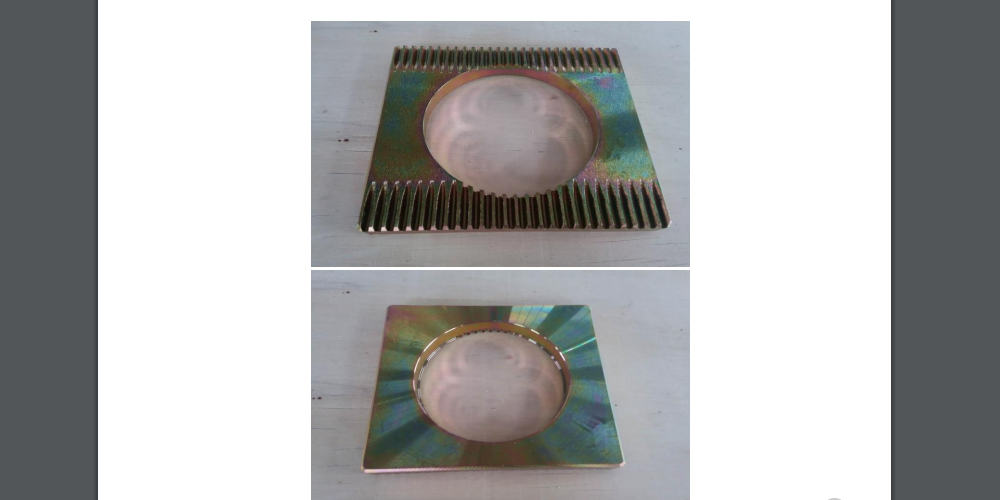You can’t talk about the gas and oil industry today without mentioning the orifice fittings. The dual chamber orifice has many industrial applications, including hydropower plants, oil refineries, and gas plants. The orifice fittings are the parts responsible for measuring the flow rate of liquids or gasses. However, your fittings will only achieve this by having accurate dimensions on their metal surface. Since these tools, parts, or devices are highly crucial when it comes to flow calculation, it means you should be very keen on how they operate. That calls for maintenance.
Reasons for frequently maintaining your orifice fittings
Due to the importance of this device, certified machine inspectors should constantly make sure that the orifice fittings are working correctly. It is sometimes a challenge to handle expert maintenance if you’ve not been in the technical field. Whether you do it yourself or with an expert, here are several reasons why keeping a constant eye on the various tools is critical.
It helps maximize the calculation flow
As mentioned earlier, the orifice fittings measure liquids or gas flow rate. If not fitted correctly, the orifice can give incorrect calibrations. A great way of inspecting whether the orifice is fitted correctly is by checking the seals. Pay close attention to any signs of cracks or damage on the device that can cause malfunction. Also, check if there are leaks around the orifice. If there’s a problem, have it checked for correct calculation flow readings.
You get to replace the worn-out orifice
Another reason for frequently maintaining your orifice fittings is to replace any worn-out orifice fittings. Many technicians feel reluctant to replace a part when it can still serve its purpose in its faulty nature, but that shouldn’t be the case. If the device has any wear and tear on the sharp edges on the orifice plate due to continuous use, there will be errors in calculations. Inspectors should make sure that the size of the orifice stamped on it matches the measurements found in the flow computer to spot inconsistencies.
Allows you to verify the details
The orifice fittings are constantly subjected to constant pressure. This pressure can cause the measuring orifice to increase diameter, causing significant loss in the pumping system’s efficiency. An inspector checks whether the orifice diameter matches the measurements stamped on the orifice plate to mitigate this. If there’s any other minor change that’s coming up, it’ll be easy to spot and rectify on time.
Conclusion
Orifice fittings are essential because they measure oil and gas flow rates. The nature of these parts’ work requires them to operate at optimum capacity constantly. If not regularly maintained, it can degrade the orifice plate and surrounding parts due to corrosion and wear and tear. An orifice in poor condition will give wrong calculations and cause inefficiency in the pumping system. If an inspector finds a faulty orifice fitting, they should replace both the device and seal. Additionally, the old orifice plate should be appropriately discarded to prevent anyone else from using it.

